SEC | S20W4: "ROLE OF AGRICULTURE IN THE ECONOMY"
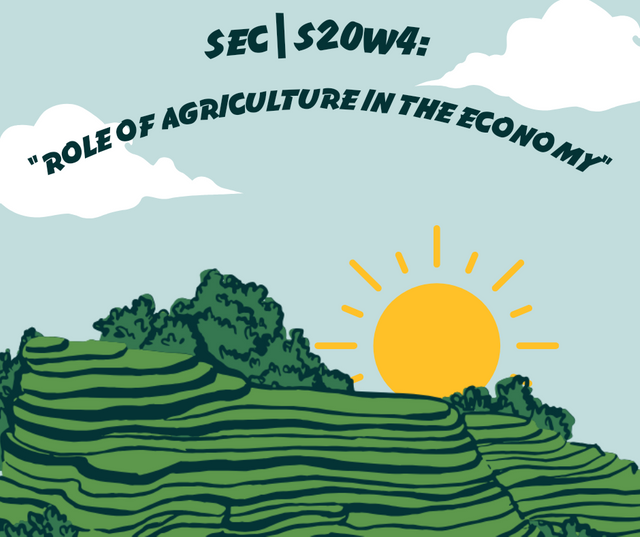
Hello everyone, I'm @fajrularifst from Indonesia,
I'm very excited to take part in this week 4 challenge created by Team-Agro @xkool24 and @mainuna, I will explain the 5 homework assignments according to the conditions that exist in my country, hopefully it can provide insight and be useful.
Social and industrial roles of agriculture in Indonesia
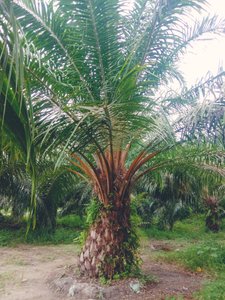
My country Indonesia is the world's largest producers and exporters of palm oil, thus of course the palm oil industry in Indonesia plays a major role as a driver of the national economy as well as acting as a provider of extensive employment along with the increase in the area of oil palm plantations themselves.
As we all know that palm oil has a very high economic value, it is appropriate for Palm Oil Plantation Companies to strive for a form of responsibility to the community, employees, and the environment where the company is located, in a program called Corporate Social Responsibility (CSR) and it can also be said that the implementation of CSR programs is one form of application of the concept of good corporate governance.
The implementation of CSR programs from oil palm plantation companies is usually allocated to the fields of education, health, infrastructure and community empowerment, which are realized in the form of activities such as:
- Provision of sustainable scholarships for outstanding and underprivileged students at the elementary, junior high, high school and university levels.
- Improvement of infrastructure (roads, bridges and public facilities).
- Provision of assistance for houses of worship
- Socialization and facilitation of safety (Safety Campaign)
- Medical treatment
- Provision of clean water facilities
- Economic business development through productive business programs
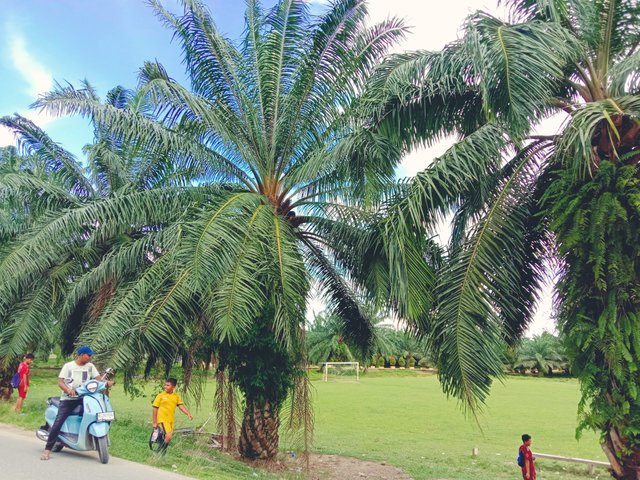 |
|---|
How has this main grown agriproduct helped in reducing poverty and as well promote rural development in Indonesia?
The development of oil palm plantations scattered in remote, peripheral and isolated areas has turned out to be a driver of the growth of new economic centers that have succeeded in reducing poverty levels in rural areas, this can happen because the operation of the plantation industry has proven that the income of the people in the area has increased, in addition to the people who work as workers on plantations, also oil palm plantations are able to attract other economic sectors to develop.
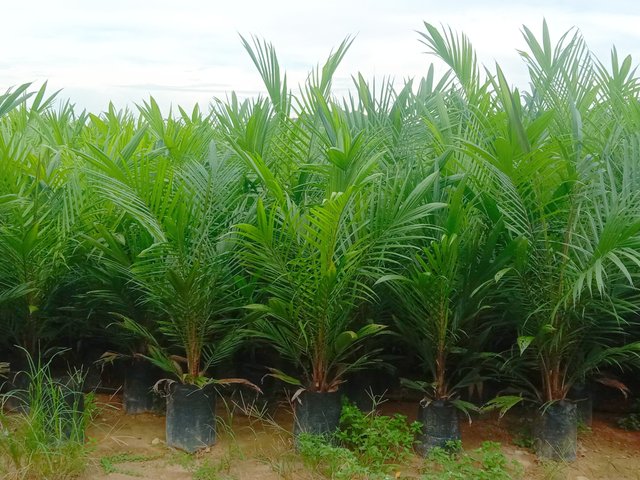 |
|---|
The multiplier effect created by oil palm plantations is also enjoyed by other modern sectors in the region such as financial institutions, the HoReCa sector, food processing, electric equipment, and the manufacturing sector. The impact on the community around the development of oil palm plantations is reflected in the creation of business opportunities, such as: opening food and beverage stalls, transportation services, home industries, and banking services, all of which eventually give rise to traditional markets in residential and rural areas, thus increasing the income and welfare levels of rural communities along with increasing consumption patterns and public education.
What are the main challenges facing Indonesia's top crops in terms of economic impact?
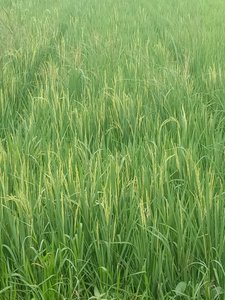
Top food crops are crops that are a source of staple food for humans that contain carbohydrates, protein and fat, which in Indonesia those substances are generally obtained from rice, corn, soybeans, peanuts, green beans, cassava, and sweet potatoes. So to maintain the continued availability of these major food crops, it is necessary to realize an effort called “Food Security”. The important factors that must be considered in the concept of Food Security to maintain the quality and quantity of these key food sources are:
- Availability
This relates to food production and adequate distribution. Food availability should include all food sources necessary to meet basic human needs. - Access
While food is available, it is also important to ensure that everyone can afford it. This access is influenced by economic and social factors that determine an individual or family's ability to obtain food. - Utilization
This relates to the quality and safety of food and how it is consumed. Food utilization includes nutritional aspects, processing methods, and individual health conditions. - Stability
Food security is not only about current conditions but also about the ability of the food system to withstand conditions such as food crises, natural disasters and economic fluctuations.
So, what are the main challenges Indonesia faces in fulfilling the factors that make up an integrated system also called Food Security?
Limited Agricultural Land
Dwindling agricultural land due to land conversion into housing or industry reduces the area available for food production, hence hampering the nation's food production capacity.Quality of Distribution Infrastructure
Poor infrastructure such as inadequate roads and transportation systems hamper food distribution from production areas to consumers, leading to inequality in food access in various regions.Poverty Level
High poverty levels limit people's purchasing power to buy nutritious food, so even if food is available, the ability to obtain sufficient and quality food is limited for some.Climate Change
Climate change, which can result in erratic rainfall patterns and extreme increases in temperature, certainly has an impact on agricultural yields.
What current or past government initiatives are boosting agricultural productivity in Indonesia?
Currently in Indonesia, the role of women farmers in the agricultural sector is diminishing and the sector is being abandoned by the dominant youth, as it is considered not to be a sufficient source of income and unable to provide a decent living in the future.
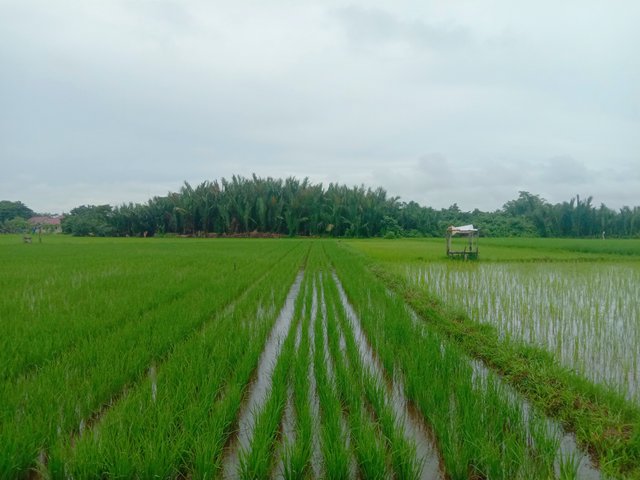 |
|---|
To restore the interest and role of women and youth in the agricultural sector, the Indonesian government is promoting inclusive green economy initiative zones in the agricultural sector by establishing integrated spatial and land use plans through participatory processes by ensuring the effective involvement of women, youth and other marginalized/economically disempowered groups.
The main target outcomes of this program are:
Strengthening the involvement of women and youth in village development under the new village order.
Improved sustainable agricultural practices for women and youth farmer groups.
Promote good and innovative models of sustainable agriculture for women and youth farmers to the wider community at the regional and national levels.
What solutions can enhance agricultural productivity and growth in Indonesia?
I see that the Government of Indonesia continues to encourage the development of agricultural commodities that are competitive and have the potential to have high export value by doing several ways such as:
- Improving Agricultural and Distribution Infrastructure
Construction and improvement of irrigation in order to keep the planting process running properly, then road construction so that distribution runs well without obstacles, and also production storage facilities as a place to store the availability of agricultural products before distribution.
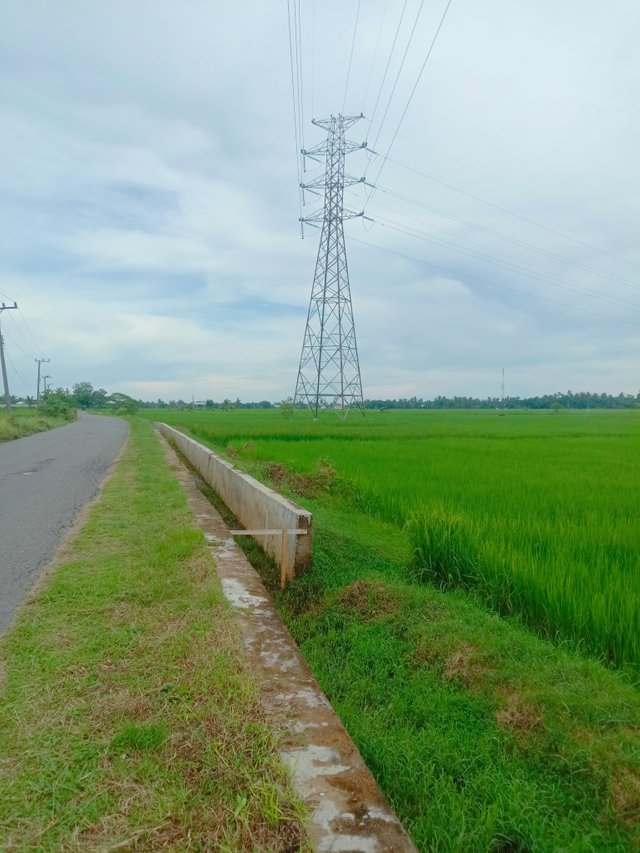 |
|---|
Adoption of Modern Agricultural Technology
Adopting modern technology, namely the application of Good Agricultural Practices (GAP) and the utilization of biotechnology seeds can increase agricultural productivity and efficiency.Farmer Education and Empowerment
Providing education and training to farmers on modern farming techniques, resource management and market access can improve their skills and ability to adapt to change. Farmer empowerment also includes supporting access to information and technology, as well as capacity building through mentoring programs that help them face challenges and maximize their production potential.
I would like to invite @aneukpineung78, @rashid001 and @blessedbee to participate in this challenge.
@fajrularifst
Welcome to the agro-learning challenge season 20.
Observations and suggestions:
. Nicely explained the social and industrial impacts of agriculture on the economy. These roles are usually the key determinants of how far a government could inter-relate with the people at any level, especially those in the lower class.
. For the government initiatives, what are these "Village Order" and "innovative models"? I was expecting a brief explanation.
.Generally, I appreciate your detailed publication with us. You showed some appreciable level of knowledge in the field.
Thank you for your participation. We hope to see you in week 5.
0.00 SBD,
0.01 STEEM,
0.01 SP
Thank you for your rating and review, I really appreciate it.
About the two terms you asked, I will explain them briefly:
"Village Order" is a Village Spatial arrangement that is made in an effort to arrange the right layout of village infrastructure development, which is expected to support agricultural activities such as Roads, Channels or Electrical Infrastructure, this is all to provide operational convenience for farmers.
"Innovative Models" is a technological challenge, one of which is how to apply Digital Technology in agriculture, for example by using soil sensors connected to a mobile application, farmers can determine the right time to irrigate and fertilize their crops, reducing waste of resources.
Thanks for the feedback
0.00 SBD,
0.01 STEEM,
0.01 SP
Upvoted. Thank You for sending some of your rewards to @null. It will make Steem stronger.
https://x.com/firalurjaf/status/1842573967129031081?t=eRISwkYdIO_qwpoGWHAFYg&s=19
Sebuah tulisan yang menarik
Terimakasih Pak